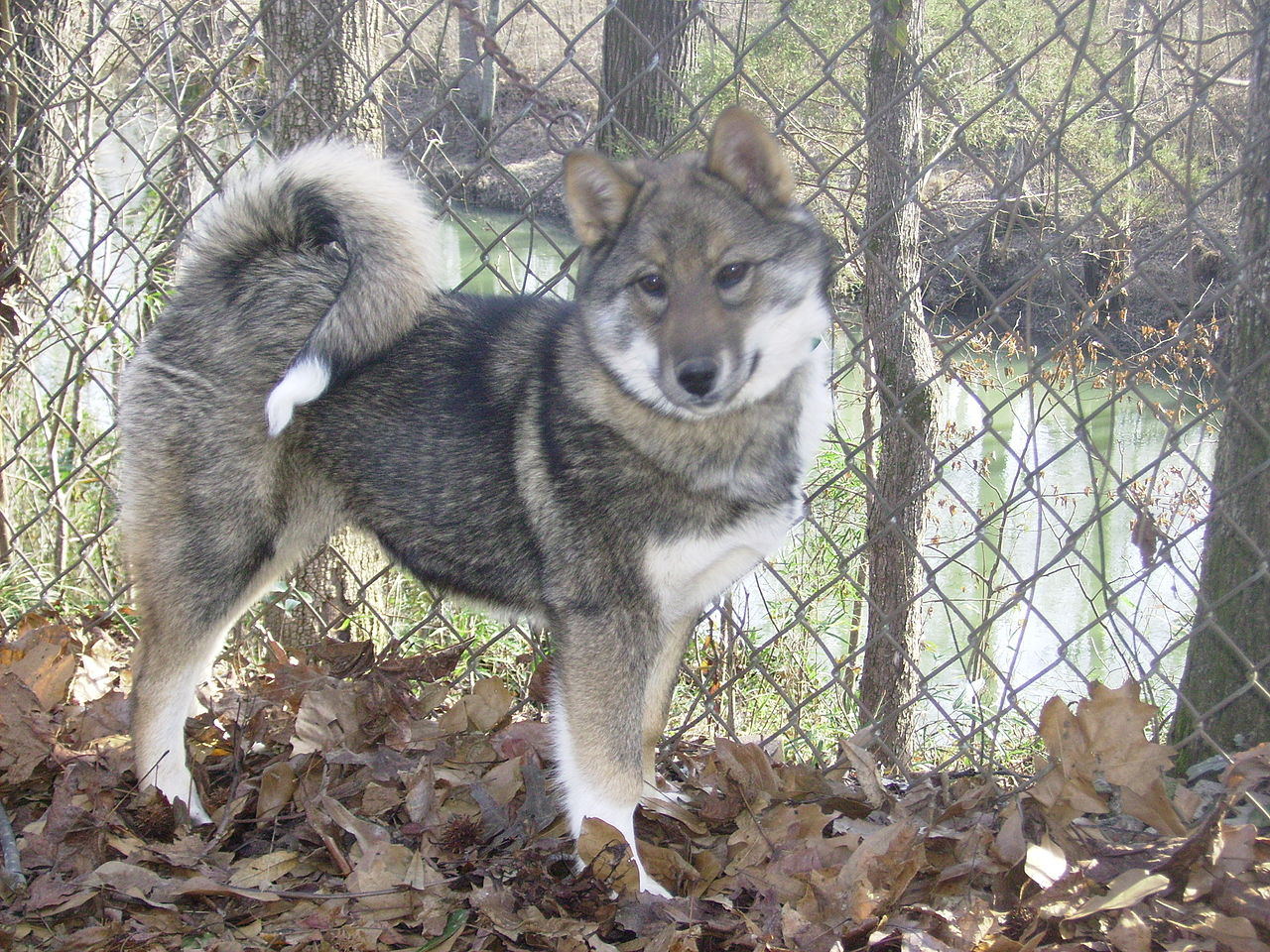
The West Siberian Laika or WSL, is a breed of spitz–type hunting dog. Russian publications indicate that the term West Siberian Laika loosely applied to hunting dogs originating with the Mansi and Khanty people in Ural and West Siberia, but there were no standards or registrations of WSL as such until 1930. Then WWII disrupted it for a while, but systematic breeding with registrations resumed after the war ended, in 1946. This was the time the breed began taking modern shape. Before that hunters only knew of Mansi Laika and Khanty Laika. In early 1960 many hunters in Ural still preferred the term Mansi Laika, when speaking of West Siberian Laika. In Russian language, the term Laika originated from the word layat that means to bark. The word Laika simply means barker. Any hunting Laika is a bark pointer. It is a versatile dog depending on use and environment, but in certain parts of the country they have become more specialized.
Originating from forested and tundra regions of Ural and West Siberia.
The West Siberian Laika is a versatile hunting dog originating from the regions of Ural and West Siberia, traditionally used by the Mansi and Khanty peoples. The breed was standardized in the early 20th century and further developed after World War II. Known for its excellent hunting skills, the Laika is also a dedicated and loyal companion.




Laika hunting raccoon.

A 4 month old WSL female pup, it is at this stage that their unique natural hunting instincts become evident.
Trainability
Responsiveness to training: —/5